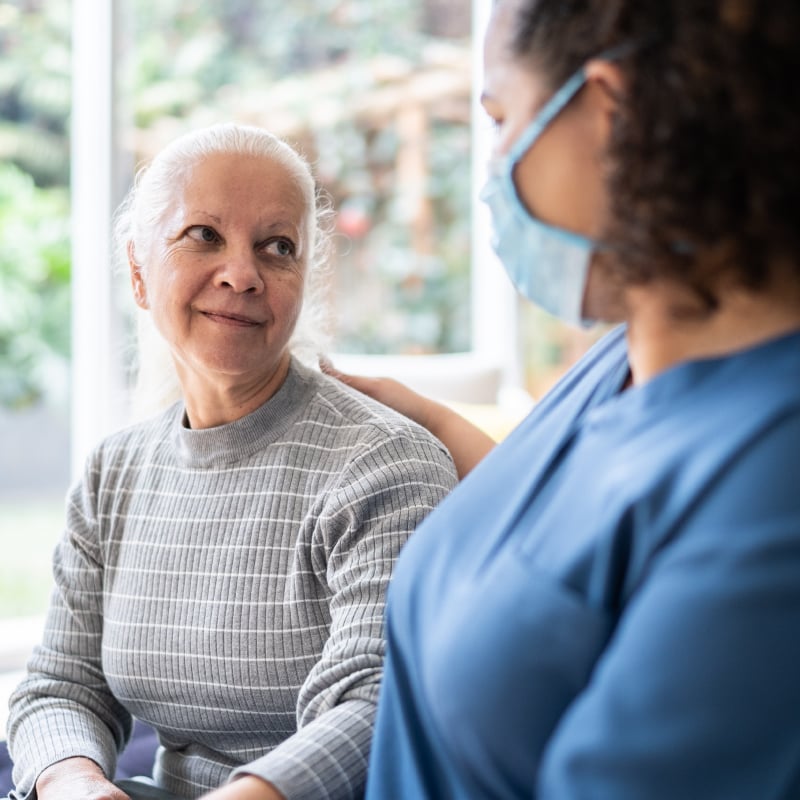A new exhibit titled Indigenous Health and Wellbeing is located in the lobby at the Rochester General College of Health Careers and seeks to bring deeper appreciation and insight into work Native Americans are doing to improve public health for all.
The exhibit will be on display now through December, courtesy of a partnership between Rochester Regional Health Diversity, Equity & Inclusion and Rochester Regional Health Archives.
Leading by example
From the first Native American woman to earn a medical degree to one Native American midwife’s ongoing efforts to help breastfeeding mothers raise their children in a cleaner environment, this display showcases four stories of strength and struggle with Indigenous people at the center.
Tekatsitsikwa Katsi Cook
As a leader among Mohawk women, Tekatsitsikwa Katsi Cook led a new generation of Native American midwives in an endeavor that had a major impact on public health.
Cook launched the Mother’s Milk Monitoring Project to monitor levels of pollutants from the Saint Lawrence River that affect fish and humans. The project subsequently linked pollutants to harmful toxins in women’s breast milk. She works to raise awareness and to clean up the environment, improving health while restoring cultural connections.
Dr. Susan La Flesche Picotte
Born in 1865, Dr. Susan La Flesche Picotte earned the distinction of being the first Native American woman in the United States of America to earn a medical degree.
Following her graduation in 1889, she became the only physician to serve a 1,350-square-mile area on the Omaha Reservation. She often made house calls on foot, horse, or buggy – usually in terrible weather conditions. Her work later expanded to include opening a hospital to serve residents of the Reservation.
The hospital is now a museum dedicated to her work.
Dr. John Mohawk & Dr. Yvonne Dion Buffalo
People living in Western New York and the Finger Lakes may be familiar with the work of Dr. John Mohawk and his wife, Dr. Yvonne Dion Buffalo.
The basis for a healthy diet for Native Americans in the Finger Lakes centered around the Three Sisters – squash, beans, and corn – for hundreds of years. Following wars waged by the French and revolutionary Americans, large stocks of white corn were destroyed.
Together, Drs. Mohawk and Buffalo brought back white corn to the region in an effort to reverse some of the negative effects processed foods had on Native Americans in western New York. The project lives on at Ganondagan State Historic Site in Victor.
Chelsey Luger and Thosh Collins
By incorporating Indigenous philosophies into conversations about fitness and wellness, Chelsey Luger and Thosh Collins are working to impact health disparities that are prevalent in Native American communities.
Many Native American communities struggle from a lack of access to healthcare and poverty. This stems from broken treaties and forced displacement.
Luger and Collins published a book this fall, The Seven Circles: Indigenous Teachings for Living Well, that highlights methods of “indigenizing” wellness in ways - such as focusing on ancestral Indigenous foods.
The Rochester Regional Health College of Health Careers is located on Skyview Centre Parkway in Irondequoit.








